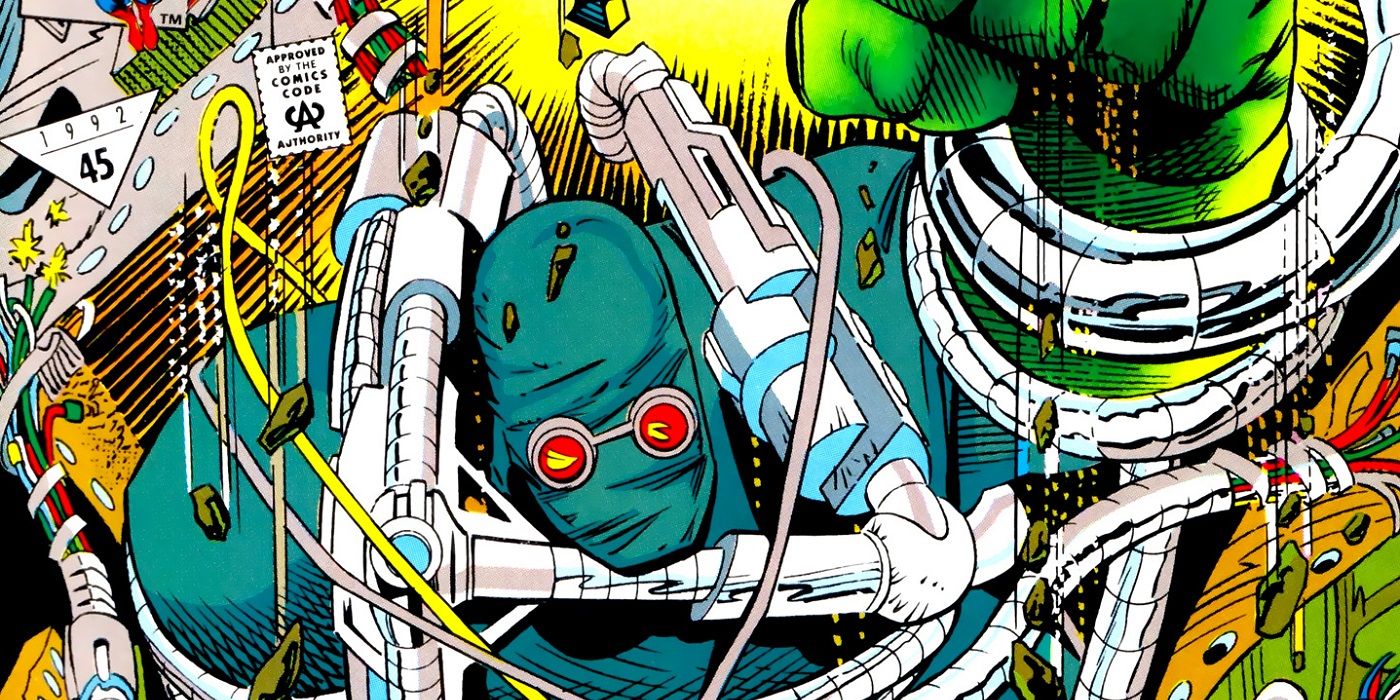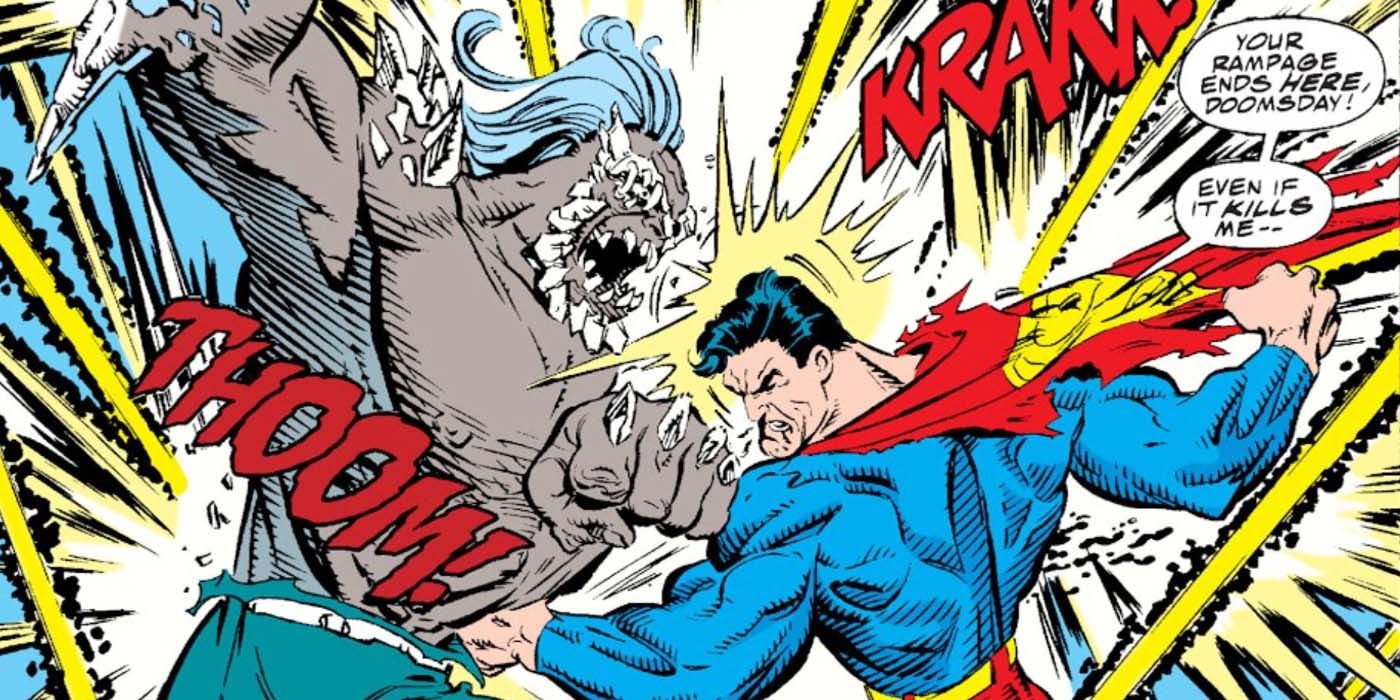In modern comics, a superhero dying is often seen as a fad, with most readers assuming that it will only last a year or to. This was different 30 years ago when Superman #75 (by Dan Jurgens, Brett Breeding, Glenn Whitmore, and John Costanza) was released. The Death of Superman was a game-changing storyline that transcended comics. With the Death of the Justice League and its aftermath being an ongoing story within the DC universe, it is interesting to look back on Superman's death and its impact on mainstream media at the time of its initial release 30 years ago.
Following the events of Crisis on Infinite Earths, DC relaunched the Superman comics, removing pre-Crisis elements of the character in an attempt to make him more accessible for a new generation (Something they have done again since). John Byrne took over the reins of the Superman line of comics and was met with success. Ultimately, however, Byrne departed the comic in 1988, and it was taken over by a new creative team. Following Byrne's departure, the new team had trouble coming up with storylines across the multiple lines of comics. As a result, it was suggested they simply kill off the character, an idea that eventually came to fruition.
The story began on the final page of Superman: The Man of Steel #17 (by Louise Simonson, Jon Bogandove, Dennis Janke, Glenn Whitmore, and Bill Oakley) with an image of a bunker wall, slowly being broken through. In Superman #75, the wall erupted and Doomsday emerged from the bunker. He quickly made short work of the Justice League International, before then encountering Superman. The two fought across the world, before ultimately ending up in Metropolis. Superman and Doomsday continued to trade punches, destroying the city that surrounded them. The battle ended with Superman killing Doomsday, only to die moments later in the arms of Lois Lane.
When it was announced that DC planned to kill off Superman, mainstream media began covering the story. At the time, it was seen as the death of an American icon, with news outlets such as The Washington Post, People Magazine, and Newsweek running stories about the event. With there being no publicly known plans to bring the character back, people around the world began to grow curious as to what the storyline would hold. Upon its release, the story was met with an unexpected amount of success, selling out at stores across the world. Fans were lining up outside comic stores, trying to get their hands on a copy of Superman #75. The issue ultimately sold 6 million copies.
The Death of Superman and its aftermath in Reign of the Supermen, have had a lasting impact on the DC Comics mythos, having led to the introduction of multiple fan-favorite characters. The follow-up storyline featured the introduction of the characters Superboy (Conner Kent), Steel, The Eradicator, and the Cyborg Superman. All four characters remain staples in the Superman line of comics, as well as other DC titles. Doomsday has also returned to fight Superman many times since the story's publication. Additionally, The Death of Superman was the catalyst for similar large events that followed during the 90s, including Batman: Knightfall in 1993, and Green Lantern: Emerald Twilight in 1994, which both temporarily wrote off their main characters.
The Death of Superman was a unique story at the time of its release, as it was rare for companies to kill off the titular characters of their books. The story and its fallout have had a lasting impact on the Superman mythos. It has also been adapted in other media, such as in Justice League Unlimited, Batman v. Superman: Dawn of Justice, and The Death of Superman animated film. To this day, many companies (Including DC themselves) still try to generate a similar buzz surrounding the deaths of their characters, but they have never been able to surpass The Death of Superman.




